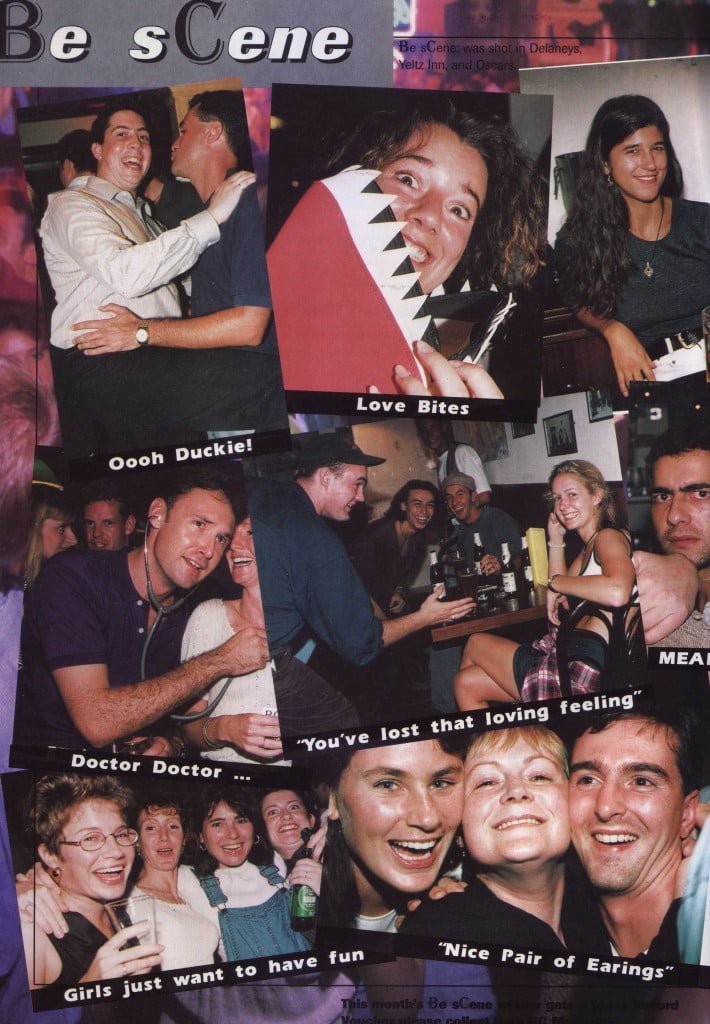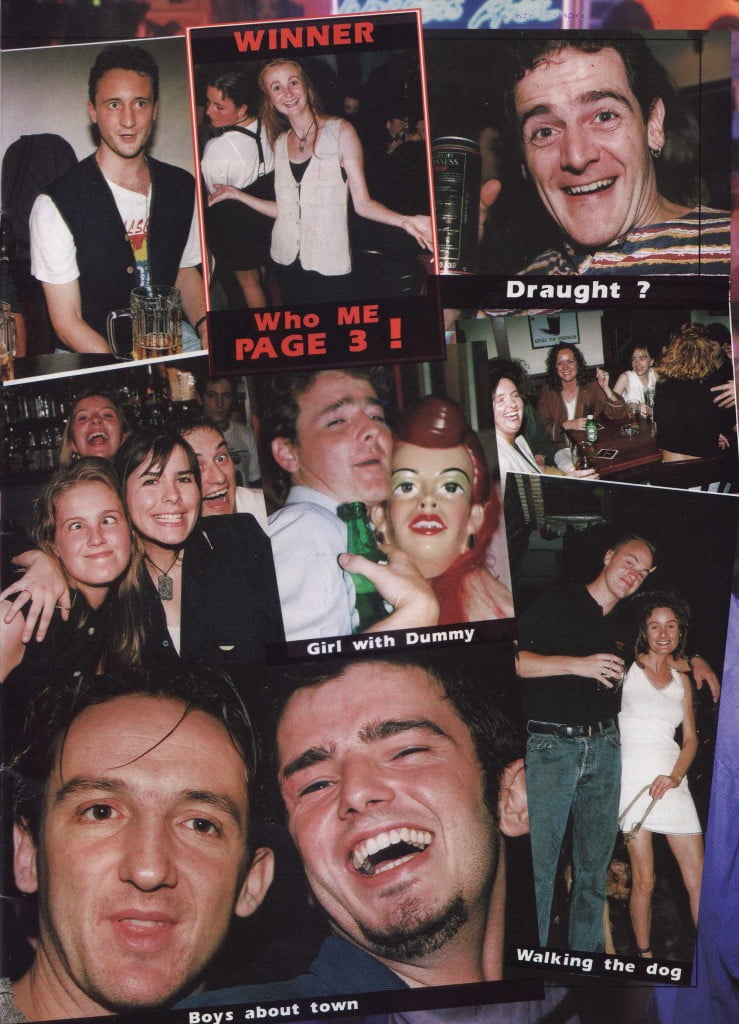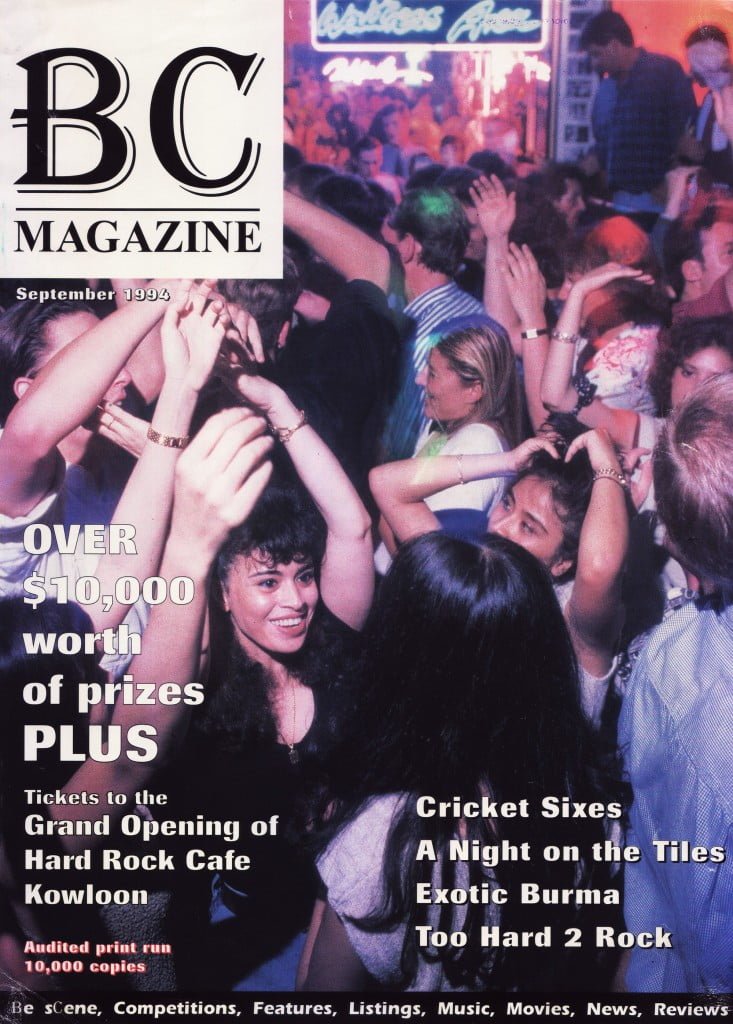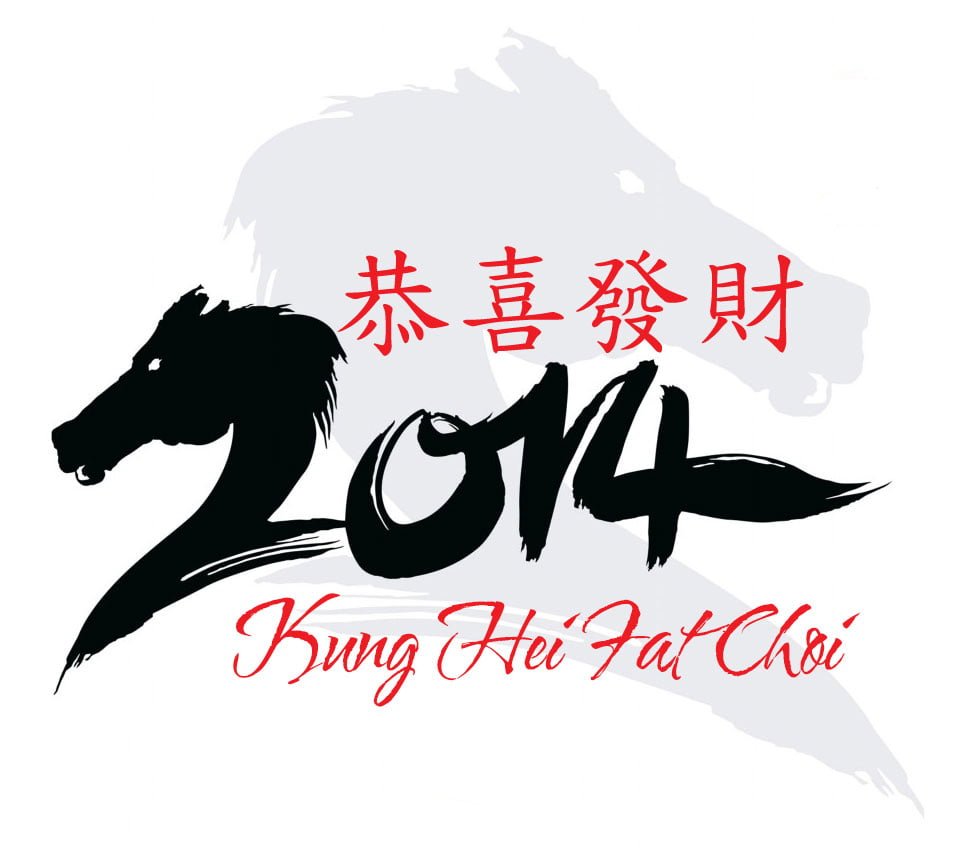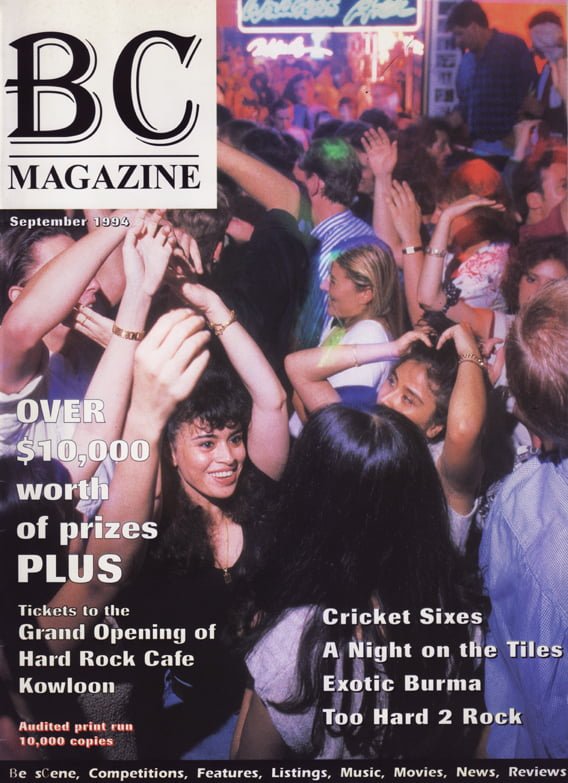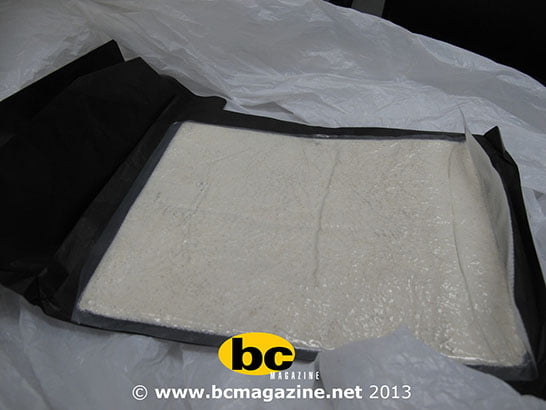
It began on what seemed like any other normal, if chaotic, day; the office was buzzing with people writing, creating and designing the next edition of bc magazine. The building didn’t have mail boxes, nor did our office boast an external mailbox, so, as usual, the postman dropped the day’s mail on the reception counter sometime around mid-morning. It was a typical day’s delivery: cheques, invoices, press releases and promotional mail from companies angling for us to write about them and, on that February day in 2010, a Hong Kong Post oversized A4 PostPack envelope, the type with bubble wrap protecting the contents. Something you can buy at any post office – nothing exceptional.
It was such a normal day, I don’t even remember what I was doing before opening the mail. A PostPack wouldn’t usually stand out, we often received press releases in them – but this one was different; it was marked “Return to Sender” from Canada with our office address stuck on the back. I didn’t recall sending anything to Canada and couldn’t think why anyone else in the office would have, so was a little curious about what the package might contain. To give edge to the mystery, it was covered in custom stamps and scribbles from the various postal sorting offices it had passed through on its journey from Hong Kong to Canada and back.
Peeling back the sticky flap revealed something wrapped in what looked like carbon paper. That, too, was not quite as unusual as it might seem – PR companies and advertisers send the media all sorts of things wrapped in all sorts of ways. Not knowing if the item was fragile, I pulled it carefully from the PostPack and set it on my desk before tearing open the carbon paper wrap.
Sitting there on my desk was an A4 sized vacuum-sealed plastic package full of white powder.
Now, beyond the talcum found in a handy containers in supermarkets, my knowledge of white powder was limited to what I’d seen on TV and film screens: wraps smaller than sugar cubes passed furtively from dealer to buyer or blocks heavily wrapped in plastic to be sliced and split by police making a bust.
Yet there on my desk was a vacuum-sealed package of what looked suspiciously like cocaine. Thoughts flash through my mind: It looks like cocaine, but it can’t be… Why would there be a pack of cocaine on my desk? …Why is someone sending cocaine through the post? …It can’t be cocaine… Best call the police to be sure!
It’s quite surreal phoning the police to tell them you think you’ve just received a block of cocaine in the post, would they please send someone around. Not something I thought I’d ever be doing. It’s even more surreal when assorted police and customs officials descend to poke and prod at the ominous package before spiriting it away. We gave statements and expected answers but were left in limbo waiting to learn what exactly was in the package. A couple of days later the suspense lifted – a customs officer phoned to say yes it was cocaine, high quality cocaine, and worth about $2 million on the streets in the Canada and the US. The package had revealed no fingerprints and the carbon paper had been used to fool the custom’s X-ray machines into showing up a solid object in the PostPack.
Beyond the shock and disbelief was a sort of “What the fuck! These things only happen in the movies!” – but that, we thought, was the end of a curious incident that provided the office with no end of chatter and debate… until the next PostPak arrived a couple of weeks later. Complete with “Return to Sender” sticker but from a different address in Canada. And a week or so later, yet another…
The packages were followed by phone calls; multiple call-and-hang-ups to the office and the staff mobiles. Thugs – for want of a better way to describe them – appeared, loitering around for hours in the corridors of our office building, standing there-say nothing.
As our lease expired I looked to move the office to a more secure building, only for our new landlord to be threatened even before we moved in – I never did discover how they came across the new address. So I arranged to collect the mail at the post office, and over the following months we handed PostPack after PostPack to the police. I lost count in the end, 15 or 16 I think it was; the final straw, which prompted a desperate plea to the police to intercept the packets before they arrived in our mail box, was finding three “RTS” PostPacks in it: $6 million worth of cocaine.
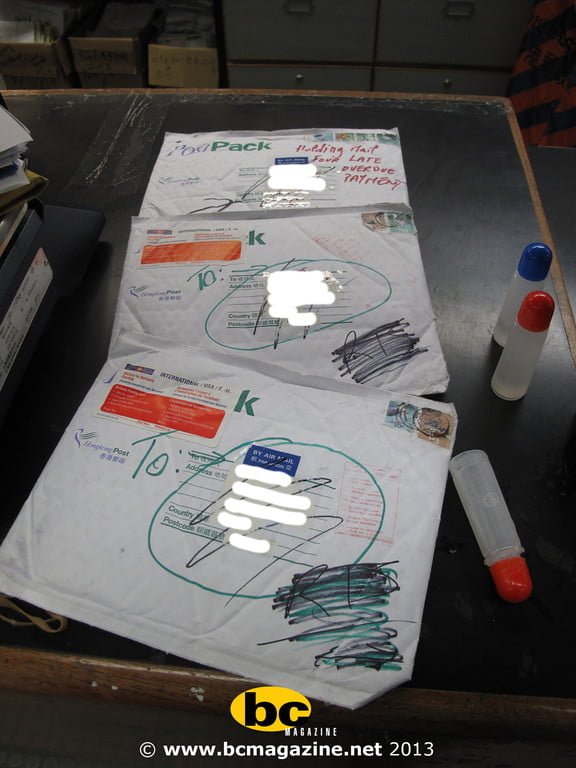
After that we never received another – I don’t know if they stopped coming or whether the police did intercept them. Even now, three years later, I struggle to make sense of it. The questions remain unanswered: If each PostPack could so easily go undetected through four sets of customs in and out of Hong Kong and Canada, why do people carry drugs on planes? Who has that much cocaine to keep sending it to addresses in Canada; surely the buyer would complain about not receiving his product? One package, maybe two – but why keep sending it month after month? That’s the curious part, the bit that doesn’t make sense, and I can’t fit the pieces of the story together to create one that makes sense.
And, disappointingly the police informed us we weren’t eligible to receive a reward for handing in the drugs.
 In loving memory of Elaine Chow who committed suicide in the early hours of the 27 October 2005. Gone but never forgotten!
In loving memory of Elaine Chow who committed suicide in the early hours of the 27 October 2005. Gone but never forgotten!
